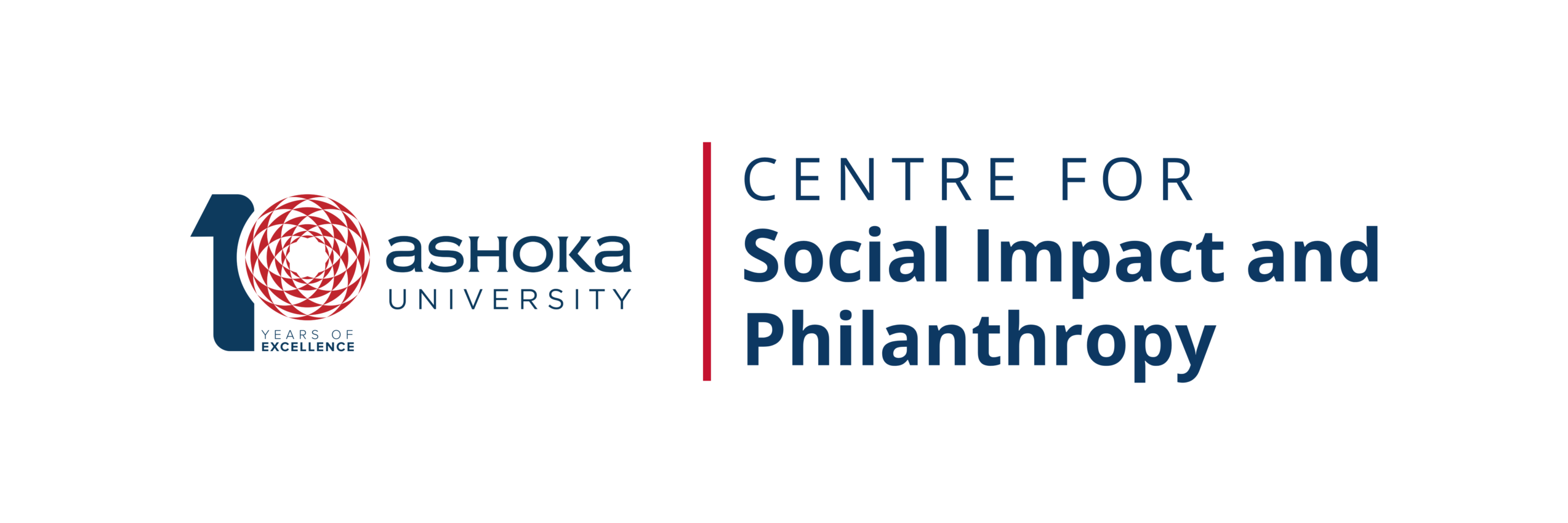Estimating Philanthropic Capital in India — Datasets
About the Research:
As part of its mission to inform sector strategy through credible research and data, the Centre for Social Impact and Philanthropy commissioned the ‘Estimating Philanthropic Capital in India’ research project to map the volume, value, composition, and trends of the financial resources available in the Indian philanthropic sector. The study used a quantitative approach and analysed publicly available data on financial flows into the sector as a whole. How India Lives, a data analytics consulting firm specialising in identifying, extracting and analysing publicly available data, was commissioned to undertake this study.
Access the Datasets:
For the purpose of this study, Indian philanthropic capital was classified into four categories, namely:
- Corporate Philanthropy (contributions by Indian companies as part of Corporate Social Responsibility under section 135 of the Indian Companies Act, 2013)
- Foreign Philanthropy (contributions from foreign sources, both individual and institutional, under the Foreign Contribution and Regulation Act, 2010)
- Individual Philanthropy (contributions by both ordinary and high net-worth individuals)
- Government Philanthropy (direct contributions by the Government to the social sector)
Additionally, a database of tax-exempt institutions (as of April 2018) registered with the Income Tax department is also available.
The datasets are saved in excel formats (.CSV and .XLSX). These are accompanied by a Data Variable Dictionary describing the key variables which can be accessed HERE. The data is open for academicians, researchers, and sector stakeholders to analyse the trends in philanthropic flows across geography and thematic areas.
Government Philanthropy dataset
Corporate Philanthropy dataset
UPDATED OCTOBER 2020: Foreign Philanthropy (FCRA) dataset
Individual Philanthropy dataset
Income Tax dataset
Documentation
Data Source:
Publicly available data were extracted for each of these categories. In-depth data on Corporate, Foreign, and Government philanthropic contributions are available on Government websites. Data on individual donations (both by ordinary and high net-worth individuals) is available only at an aggregate level, for all individuals who claim for tax exemptions under Section 80G of the Income Tax Act.
- Corporate Philanthropy (CSR) — Corporate Philanthropy from Ministry of Corporate Affairs Website
- Foreign Philanthropy (FCRA) — Foreign Philanthropy from Ministry of Home Affairs Website
- Government Philanthropy — Government Philanthropy from NGO Darpan website maintained by NITI Aayog
- Individual Philanthropy — Statement of Revenue Foregone from the Annual Indian budget website
Data Period:
- The data on corporate philanthropy is available for three financial years: 2014-15 to 2016-17.
- The data on foreign philanthropy is available for 10 financial years: 2009-10 to 2018-19.
- The data on Government philanthropy is available for six financial years: 2012-13 to 2017-18.
- The aggregate level data on Individual philanthropy is available for 10 financial years: 2007-08 to 2016-17.
Key Contact:
We are very interested to learn about other secondary analysis of our data and any forthcoming publications that may arise from the use of these datasets. Please contact csip@ashoka.edu.in to share how this data may have been valuable for your work, and for any additional information on the research.


